I present to you the first post on learning Chinese! Though most of this may be very basic, it’s always great to get some review in! As this is my first post, I appreciate any feedback that you guys give! This post will cover pronunciation, tones, Pinyin and Zhuyin.
Additional comments I make outside of teaching are in italics. I have provided many additional resources you may use to explore each concept thoroughly on your own time.
Table of Contents:
- Tones
- Tips and Additional Resources
- Pinyin
- Additional Resources
- Zhuyin
- Additional Resources
- Final Words
1. Tones
In Chinese, there are four tones we use to speak characters.
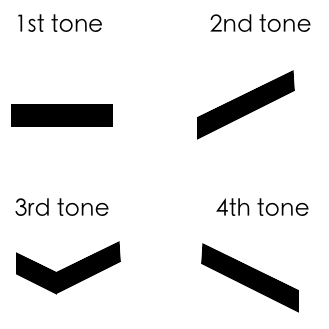
These tones are crucial to being able to pronounce the characters.
Notice that the first tone is flat. When you pronounce a word that is in the first tone, it’s almost like you are pronouncing it like how a robot would pronounce it.
Use the audio device over at Google Translate for a great example, with the character, 一, which means one and is pronounced (eee).
The second tone slants upwards. When pronouncing a word in the second tone, the pitch of your voice should go higher, almost like the pitch of your voice when you are confused and you have to ask: “How do I do this again?”
Here’s an example over at Google Translate. The character you’ll be using is 宜, which means suitable and is pronounced (eee).
The third tone goes down and then up. When pronouncing a word in the third tone, the pitch of your voice should tighten as it goes first lower, and then higher.
There’s no better way to understand this than to go over to Google Translate again. This time, you’ll be using the character 已 which means already. Again, this character is pronounced (eee).
And finally, the fourth tone slants downwards. The pitch of your voice should lower forcefully like you are mad when you say: “Ugh!”
Here’s your link to Google Translate using the character 义. This character means friendship or righteousness and again, is pronounced (eee).
So after listening to some audio of the same pronunciations but different tones, do you guys see the difference between all of these tones and why tones are important?
If you speak a word with a different tone, oftentimes, you will create a different message to your audience. Using some of the examples from above, if you wanted to say “one carrot” but instead, mispronounced ‘one’, and said ‘righteous carrot’, people would probably look at you strangely.
However, for many people who are foreign to China, these tones are often very difficult to enunciate as English does not place a high emphasis on pitch. Thus, it is most important to practice if you wish to speak Chinese correctly.
I have included some additional resources below.
1.1 Tips
I find it helpful to move my hands alongside the tones. For the first tone, make an imaginary straight horizontal line with your hand. For the second tone, move your hand up in a diagonal line, making it so that the pitch of your voice goes up as well. For the third tone, move your hand down and then up in diagonal lines. When your hand goes down, your voice should naturally follow, and when your hand goes up, your voice should also follow. For the fourth tone, make a diagonal line that slants downwards and release a sharp breath.
If you have anymore tips on learning tones, let us know in the comments! 🙂
1.2 Additional Resources
https://forvo.com (This site is great if you come across a Chinese word but you don’t know how to pronounce it. It includes many different accents from all across China so you aren’t just getting one result)
YouTube (Another one of the best ways to learn pronunciation is to hear it from people on video. I have included a link to many videos that will help you learn these tones. Pick and choose!)
Kaiser’s “Dude System of Tones” (For more relevant comparisons of what you can relate to when you make these tones, check out this site.)
2. Pinyin
Pinyin is an alphabetized way to represent the Chinese characters and their tones. Below, the box to the left represents letters that a word can start with. The box to the right represents letters that a word can end with. This combination is comparable to the English suffixes and prefixes.
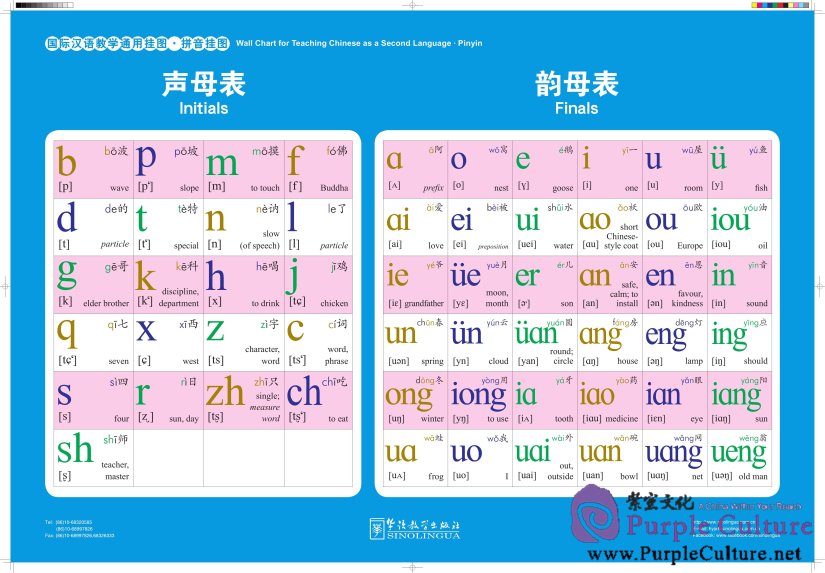
As we learn our basic words, I will also go over the pronunciation of each pinyin word.
For now, I’ll introduce you to some applications and pronunciations of pinyin by first going over some of the character’s names from my raws.
When A Snail Falls in Love-
Xu Xu (许诩)– Xu Xu should be Xǔ xǔ. The u sound becomes somewhat like a deep throated sound that you make with your tongue to your teeth when paired up with the X and can be denoted as ü. Here’s how Google Translate pronounces it. As for the X, it makes a ‘sh’ sound which means that Xu Xu’s name should be pronounced Shü Shü. Her name seems to be the hardest to pronounce in this bunch!
Ji Bai (季白)- Jì bái. The first word is the fourth tone, while the second word is the second tone. Besides that, the first word should be pronounced (Jee) because the i makes an ee sound in pinyin, while the second word should be pronounced (BI-e) with the ‘e’ acting as a silent vowel that provides emphasis to the i. This is because, the ai sound makes a distinct “I” sound like in “ice-cube”.
Siege in Fog-
Qin Sang (秦桑)– Qín sāng. Thus, her name has a bit to a lilt to it as the second word is extremely melodious and couples the pronunciation of the first word. The first word starts out with somewhat of a ‘ch’ sound, with slightly less emphasis on the h. Thus this is pronounced “Ch-een”. The second word would be pronounced “Sahn”, as Chinese people do not emphasis the ‘ang’, but focus more on the first two letters- “Sa” which makes a “Sah” sound in Chinese.
- The “Q” sound is kind of complicated so I suggest searching it up on Google Translate or forvo.
Yi Lian Kai (易連愷)- Yì lián kǎi. (Note that the tone mark for “kai” is on top of the ‘a’). Now, we’ve went over the yi sound in the ‘tone exercise’, but to review, yi makes an “eee” sound. Lian is pronounced “Lee-an”. As for the last character, we have went over the same pattern with Ji Bai’s name, with the “Bai”. The only difference is that the Kai in Yi Lian Kai begins with a K. Thus, it will be (KI-e) with a distinct I sound.
Les Interpretes-
Qiao Fei (乔菲)– Qiáo fēi. When combined with the suffix, Q makes a Ch sound (with less emphasis on the h) as stated above with Qin Sang’s name. Her first character would be “Ch-ee-ao” while the second character of her name would be “Fay”. Note: ‘ei’ makes an ‘ay’ sound.
Cheng Jia Yang (程家阳)– Chéng jiā yáng. Ch makes a normal English ch sound. The ‘eng’ would make an ‘uh-n’ sound. Remember that Chinese do not place emphasis on the last two letters-the ‘ng’. Instead, they place emphasis on the ‘en’ which means that Cheng is pronounced ‘ch-uh-n’. The next word of his name is pronounced ‘Jee-a’ as the ‘i’ usually makes an ‘ee’ sound. Finally, for Yang, recall that Chinese do not place emphasis on the ng. Thus, Yang is pronounced ‘Y-ah-n’ with the third tone.
Fleeting Midsummer-
Lin Lin (林林) -Lín lín. The ‘i’ makes an ee sound. Thus, Lin Lin is pronounced ‘Leen Leen’.
Fang Yu Ke (方予可)- Fāng yǔ kě. If you remember the patterns stated above, Fang should then be pronounced ‘F-ah-n’. Yu follows the pattern of Xu from Xu Xu in When a Snail Falls in Love and should be pronounced ‘Yü’. Next, Ke should be pronounced ‘kehh’ like in eggplant because the e is always light, unless combined with another letter.
One last thing on pinyin-
Imagine the list of vowels alphabetically- a, e, i, o, u
The tone mark will go on the first vowel alphabetically.
Notice how in the Bai from Ji Bai, the tone mark goes on the ‘a’. In Qiao from Qiao Fei, the tone mark also goes on the ‘a’ (which comes before o), and in the Fei from Qiao Fei, the tone mark goes on the ‘e’ (which comes before i).
Remember to add tones if you practice pronouncing these names. Though I did not go over them in this section because we already went over them above, they are crucial!
A note for pinyin is that letters are usually said as light sounds like egg, apple, etc. “i” usually makes an ‘ee’ sound except for when it is combined with another letter like ‘ei’ as seen in the Fei of Qiao Fei.
Please also note that exceptions arise all the time, but the above names are examples to get you thinking about the way words are expressed and perhaps to help you find a pattern with pinyin.
And, of course, if you are confused, never fear, because we will gradually uncover pinyin together with our word features! This is more of a generic overview of some of the patterns in the words that differ from English.
2.1 Additional Resources
https://chinese.yabla.com/chinese-pinyin-chart.php (Here is a link to an official pinyin chart and some audio clips located below)
3. Zhuyin
Zhuyin is primarily used in Taiwan. It consists of 38 “letters”. Each of these letters makes a specific sound. However, this alphabet is different from English in that you cannot make random combinations with your letters.
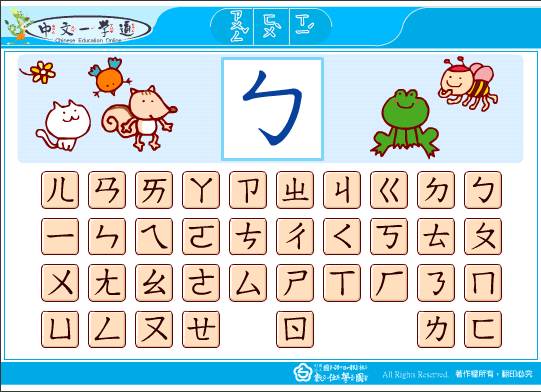
This resembles a form of a “Chinese Alphabet” as each letter makes a distinct sound. Please note that initials refers to “Prefixes” and Finals refers to “Suffixes”. The words directly underneath the letter are what sound it would make in pinyin.
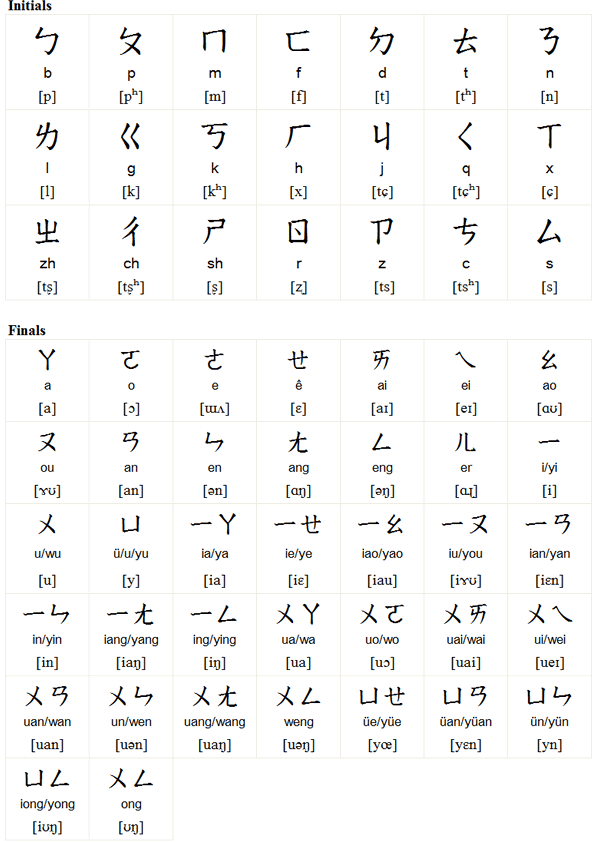
I won’t go too detailed with this as I’ll be mainly using pinyin. However, feel free to familiarize yourself with all the letters. I will be leaving you a few additional resources.
3.1 Additional Resources
http://www.omniglot.com/writing/zhuyin.htm (Here is a helpful resource for learning Zhuyin, with a comparison of Zhuyin versus Pinyin and some audio)
Final Words
To finish off this week’s introductory lesson, I must emphasize that I will not really be going into the pronunciation. This lesson is mainly to familiarize you with the tones, pinyin, and zhuyin if I ever use it in the future.
If you did not understand something, please let us know in the comments! Also, this post is meant to be an introduction on the fundamentals, thus it is totally okay if you are confused. However, do not worry! We will go into all this in more depth when we begin to explore separate words! This post will be for if you ever need to look back on some things or review some other things.
And if this post was too easy for you, I promise that harder stuff is coming. Just give it a moment until I somewhat catch everyone else up! ^-^
It would make it a bit easier if you guys let me know what kind of posts you want. And although I may be unable to fulfill every request, your ideas will help develop the rest of my posts.
Please let me know how this first post worked out for you! If there is room for improvement, I absolutely would love to know! However, I would appreciate it if you would refrain from being rude as this is my first time posting and teaching. Thank you! Mwah~
Also, if you wish to volunteer to help write these tutorials let me know at tranzgeekz@gmail.com! I accept all levels of Chinese, and even if you’re still learning (like me), posting about Chinese is actually not a task that is all that daunting! Plus, you will get more insight into Chinese as you continue to post! I promise you, it is not that hard, plus you learn more while you’re at it, while teaching other people! It’s quite fun! You’ll be helping a lot of people! 🙂 No experience necessary (of course)!
My next teaching post will cover the general basics of writing/reading Chinese with-
- Radicals
- Stroke order
- Pictures vs. the Chinese Character
- Traditional vs. Simplified
- And perhaps some additional content…
I am also thinking of writing a cultural post on the Zodiac and Chinese New Year. Anyone interested?

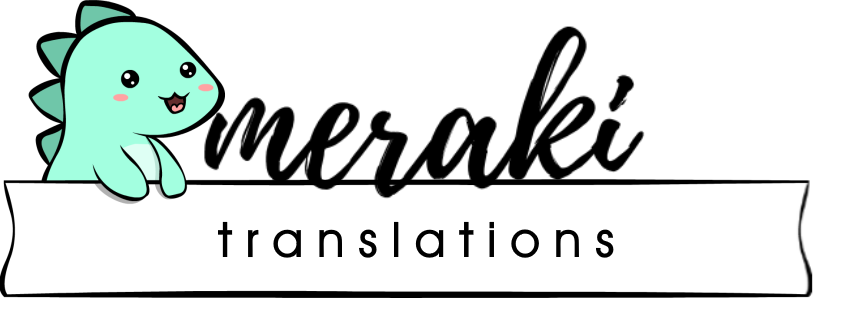
this was absolutely great. i don’t know that i have a suggerence for what you could teach next, since i feel like your plan is very well organised, but i suppose – one always appreciates knowing the most common words and so on (: i personally really like vocab though!
thank you for your effort (´∩。• ᵕ •。∩`)
LikeLiked by 1 person
Haha yes I know! I think after the next post on the basics of writing and reading I’ll be introducing characters since I have to first introduction radicals and such. Hope you understand and no worries, your suggestion will be taken soon! Thank you for your feedback! 😀
LikeLike
It’s a start! It’s easy to understand and lots of options 👍 looking forward in learning fingerscross
Something to occupy me aside from school 😆
LikeLiked by 1 person
Wow that was great lesson…didn’t know there is so much to it and it will get harder 🙂 Thank You for the pinyin-chart link, it is great to hear the tones for the combinations…
Your tips with the hand and the tones was great help also it was nice to get to know how to pronounce the names of our main characters 🙂
I don’t understand the difference between pinyin and zhuyin. Do I need to learn/bother with Zhuyin? If I only want to focus on chinese? Or ist it only for us to know, that there is more to chinese alphabet?
How offen do You want to post some learning stuff? So I know how much time I have to spare for every lesson from You.
Now I go to watch some of the videos on youtube to understand tones better…
(mᵕm) Thank You
LikeLike
Well pinyin and zhuyin are both ways to express Chinese. I briefly mentioned it just to show another way to express Chinese besides pinyin.
As for learning stuff I think that after the next post, I’ll start making a schedule (since I think I want to introduce some of the general basics before we officially begin learning characters)! You’re welcome and I’m glad I helped! 😄
LikeLiked by 1 person
Hi, tranzgeek, brilliant tutorial!
Just want to add that, in the case of 许诩, because both words are of the third tone – Xu (3) Xu (3), we would pronounce her name as Xu (2) Xu (3) instead. But when we write the pinyin and tones, both would still be (3). This only happens with characters in a pair with both of tone (3). I think!
Nugget to chew on 🙂
LikeLiked by 1 person
Yup yup lol. Thanks for the additional input! I’ll add your wise words in later lol! Hehe 😅
LikeLike